NEW VIDEO CUTE ANIMALS OF WORLD 2022 #1 VIDEO DE ANIMALES #CuteAnimals video
Welcome my fk animal channel
NEW VIDEO CUTE ANIMALS OF WORLD 2022 #1 VIDEO DE ANIMALES #CuteAnimals video
Cat, (Felis catus), also called house cat or domestic cat, domesticated member of the family Felidae, order Carnivora, and the smallest member of that family.
Like all felids, domestic cats are characterized by supple low-slung bodies, finely molded heads, long tails that aid in balance, and specialized teeth and claws that adapt them admirably to a life of active hunting.
Cats possess other features of their wild relatives in being basically carnivorous, remarkably agile and powerful, and finely coordinated in movement.
It is noteworthy that the ancestors of the other common household pet, the dog, were social animals that lived together in packs in which there was subordination to a leader, and the dog has readily transferred its allegiance from pack leader to human master.
The cat, however, has not yielded as readily to subjugation. Consequently, the house cat is able to revert to complete self-reliance more quickly and more successfully than most domesticated dogs. For an account of the relationship of the family of cats to other carnivores, see carnivore.
General characteristics
Coordination and musculature
Cats are among the most highly specialized of the flesh-eating mammals. Their brains are large and well developed. Cats are digitigrade; that is, they walk on their toes.
Unlike the dog and horse, the cat walks or runs by moving first the front and back legs on one side, then the front and back legs on the other side; only the camel and the giraffe move in a similar way. The cat’s body has great elasticity.
Because the vertebrae of the spinal column are held together by muscles rather than by ligaments, as in humans, the cat can elongate or contract its back, curve it upward, or oscillate it along the vertebral line.
The construction of the shoulder joints permits the cat to turn its foreleg in almost any direction. Cats are powerfully built animals and are so well coordinated that they almost invariably land on their feet if they fall or are dropped.
Teeth
The cat’s teeth are adapted to three functions: stabbing (canines), anchoring (canines), and cutting (molars). Cats have no flat-crowned crushing teeth and therefore cannot chew their food; instead, they cut it up.
Except for the canines and molars, the cat’s teeth are more or less nonfunctional; most of the cheek teeth do not even meet when the mouth is closed.
The dental formula in all cats, for either side of both upper and lower jaws, is incisors 3/3, canines 1/1, premolars 3/2, and molars 1/1. The total number of teeth is 16 in the upper jaw and 14 in the lower.
Primary, or milk, teeth number 24; these are replaced by the permanent teeth at about five months. Each half of the jaw is hinged to the skull by a transverse roller that fits tightly into a trough on the underside of the skull, making grinding movements impossible even if the cat had teeth suitable for grinding.
Claws
There is a remarkable mechanism for retracting the cat’s claws when they are not in use. The claw is retracted or extended by pivoting the end bone of the toe, which bears the claw, over the tip of the next bone.
The action that unsheathes the claws also spreads the toes widely, making the foot more than twice as broad as it normally is and converting it into a truly formidable weapon.
This claw-sheathing mechanism is present in all species of the cat family except the cheetah. Although there are no nerve endings in the nail itself, blood capillaries are present in the inner part.
Senses
Cats are generally nocturnal in habit. The retina of the cat’s eye is made extra sensitive to light by a layer of guanine, which causes the eye to shine at night in a strong light.
The eyes themselves, large with pupils that expand or contract to mere slits according to the density of light, do not distinguish colours clearly. Cats have a third eyelid, or nictitating membrane, commonly called the haw. Its appearance is used frequently as an indicator of the cat’s general state of health.
The cat’s sense of smell, particularly well developed in the adult, is crucial to its evaluation of food, so that a cat whose nasal passages become clogged as a result of illness may appear to lose its appetite completely. Cats can distinguish the odour of nitrogenous substances (e.g., fish) especially keenly.
The sense of touch is acute in cats. The eyebrows, whiskers, hairs of the cheek, and fine tufts of hair on the ears are all extremely sensitive to vibratory stimulation.
The functions of the whiskers (vibrissae) are only partially understood; however, it is known that, if they are cut off, the cat is temporarily incapacitated. The toes and paws, as well as the tip of the nose, are also very sensitive to touch.
Cats also have an acute sense of hearing. Their ears contain almost 30 muscles (compared with 6 in humans); as a result, they can turn them many times more quickly in the direction of a sound than can a dog.
The ears of cats are receptive to ultrasonic frequencies up to 85,000 vibrations per second, greatly exceeding the hearing capabilities of dogs, which register 35,000 vibrations per second.
-
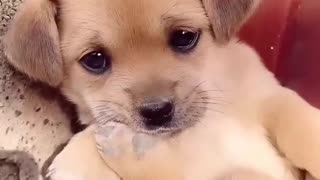 0:05
0:05
Funny and Cute animal clips
6 months agoCute baby animals Videos Compilation cute moment of the animals - Cutest Animals On Earth
5 -
 42:04
42:04
biniliyew
1 year agoCutest baby animals Videos Compilation Cute moment of the Animals Cutest Animals #1
1.46K1 -
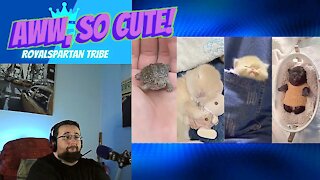 12:50
12:50
RoyalSpartan Tribe
2 years agoAWW SO CUTE! Cutest baby animals Videos Compilation Cute moment of the Animals #10 - Reaction
6 -
 13:01
13:01
Cute's Animals
1 year agoCute baby animals Videos Compilation cute moment of the animals - Cute's Animals #1
7 -
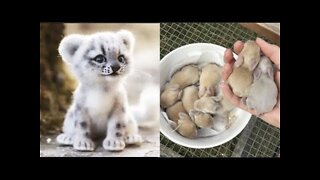 9:59
9:59
Pjack6
1 year agoCute baby animals Videos Compilation cute moment of the animals -AhmeeCreations
1 -
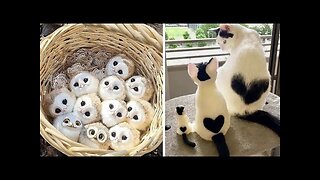 14:08
14:08
AumECom
1 year agoCute baby animals Videos Compilation cute moment of the animals #6 Cutest Animals 2023
8 -
 20:06
20:06
Il88
1 year agoCute baby animals Videos Compilation cute moment of the animals
118 -
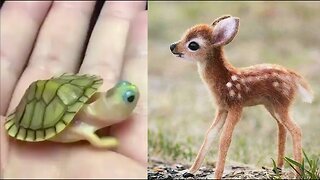 10:45
10:45
Animal Cute
9 months agoCute baby animals Videos Compilation cute moment of the animals - Cutest Animals
5 -
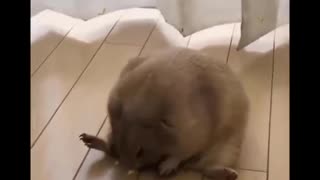 9:55
9:55
FunnyAnimalsHQ
1 year agoCute baby animals Videos Compilation cute moment of the animals - Cutest Animals
7 -
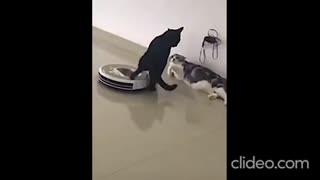 5:05
5:05
planeta Terra chamando
1 year agoOS VIDEOS DE ANIMAIS ENGRACADOS COMPLETO
105